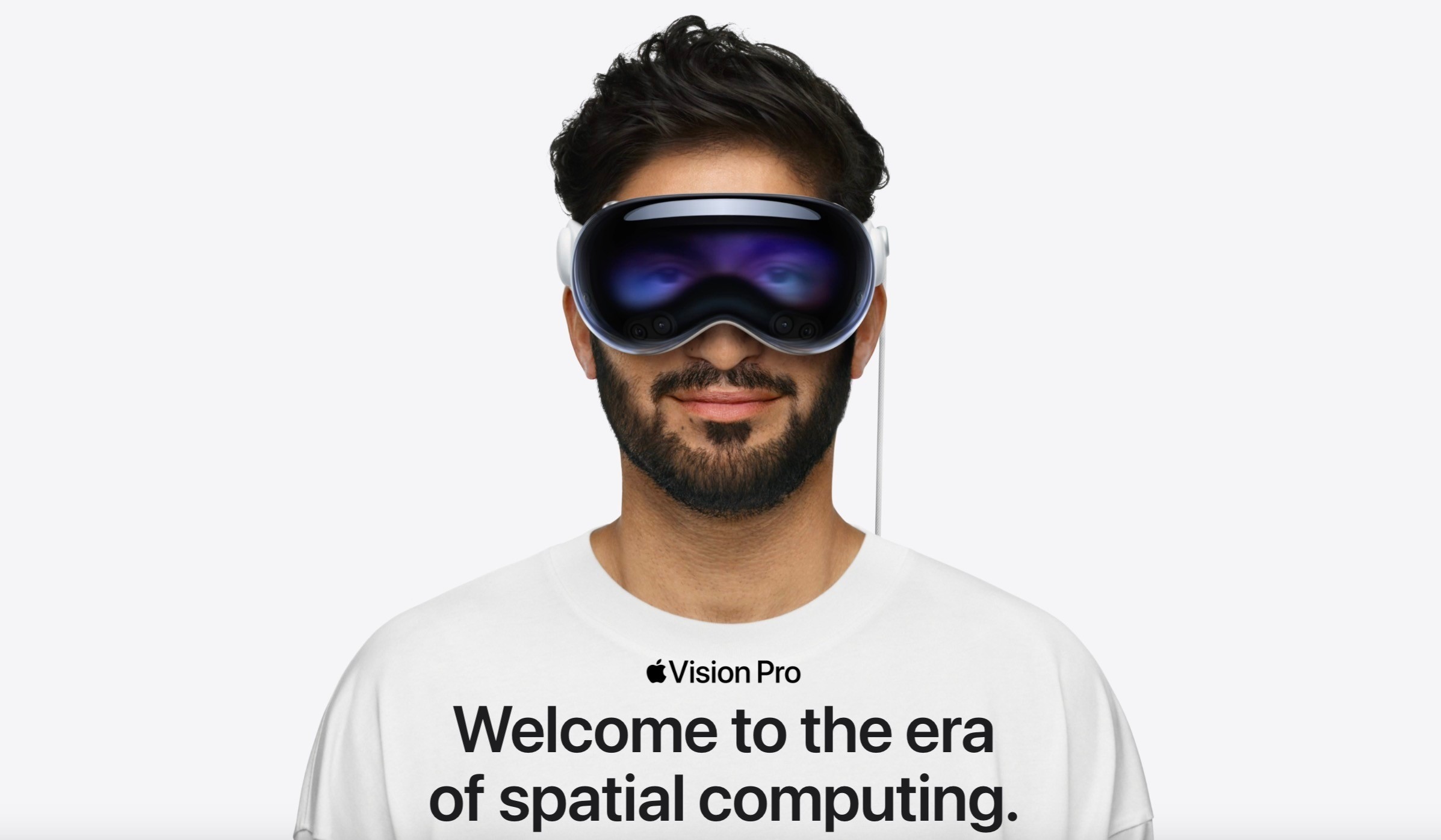…The Vision Pro meets unmet needs several XR headsets do not fulfill fundamentally (with the Quest Pro failing spectacularly to accommodate prosumers last gen): It’s a prosumer standalone headset on par with several problems hardware at very established desired traits for a headset to match:I’m not sure anyone would admit to this, but I’m wondering if those that are most impressed with it don’t have a lot of previous VR headset experience.
I remember my first VR headset experience and you can get distracted by how impressive that is at first glance before the realities of the experience in
- Prosumer HDR and picture quality support to work alongside actual prosumer hardware and create/product premium spatial content on par with non-XR hardware (enabled in place consumption of existing non-XR content at a premium levels other headsets cannot do)
- Integration with established well regarded prosumer hardware/software (iPad Pro, Macbook Pro, iPhone Pro, Mac Pro, Mac Studio)
- Backed by an entity with the clout and ecosystem to have a pleasant dev experience for early adopters and high-end/enterprise app development that will never be in mainstream/public stores.
- A laptop class APU to do meaningful things with not available before; the Meta headsets in comparison have mobile-class APUs.
The Vision Pro provides such things while other headsets aren’t even an option because of their limitations that make sense for their limited scope.
It’s not unlike a happy console player who nonetheless still have a prosumer PC with a 4090+ GPU, 64+GB RAM & etc for far more ideal prosumer tasks such as content production, research, and AI work.
People who want to do me meaningful things with a spatial computing headset had no real option before the Vision Pro unfortunately.
Such needs are fundamentally expensive for any device category; prosumer monitors and other prosumer hardware such as the Mac Studio and 4090 have costed thousands being scoffed at by mainstream users for years.
Last edited:



